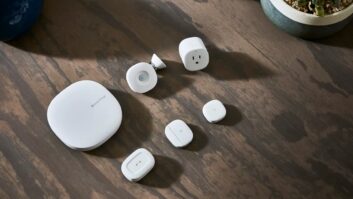Home is where the heart is, and increasingly, the technology also. We are officially, after all these years — no, all these decades — of anticipation and speculation, and World’s Fairs, and the Jetsons, in the era of the smart home. And it’s being embraced. Why? Because it’s finally simple enough for the average Joe to take advantage of it.
What amazes me is the path the world followed to get here. You don’t just wake up one day and tell your speaker to tell you the weather and then play your favorite Screamin’ Jay Hawkins tune (Editor’s note: “I Put A Spell On You.”). It took thousands of geniuses to get us here.
I was honored to be asked to help decide this year’s Consumer Technology Hall of Fame class by the Consumer Technology Association. Of course I said yes. I am nothing if not a history buff.
In the work-up to voting day I found myself getting sucked into the research of assessing the nominees. The more I read, the more I was drawn to the stories of these technology pioneers and their life’s work. What struck me more than anything was how most of the technologies, or products, or business ideas that they pioneered sprung from simple ideas; a collection of “wouldn’t it be great if …” ideas that spurred these engineers and scientists and average Joes to dive into the creative process and produce greatness.
In doing the research for this issue, our TWICE@Home feature, I was constantly reminded of how the technology these incredible products deliver was grounded in the work and the passion of thousands of tech pioneers. You can’t have a smart home without a diode, which led to the chip, which drove the computer that uses the Wi-Fi to stream to the phone that controls the app that powers up the lights and streams the music that comes out of the mobile speaker that I command with my voice.
Today, the fruits of their labor result in entrepreneurs taking those technologies, packaging them in products that are much easier to use and set up, which generate profits that are used in part to employ workers, create economies and improve peoples’ lives through automation and intelligence.
If that’s not proof that we all are living in an increasingly connected world, nothing is.













